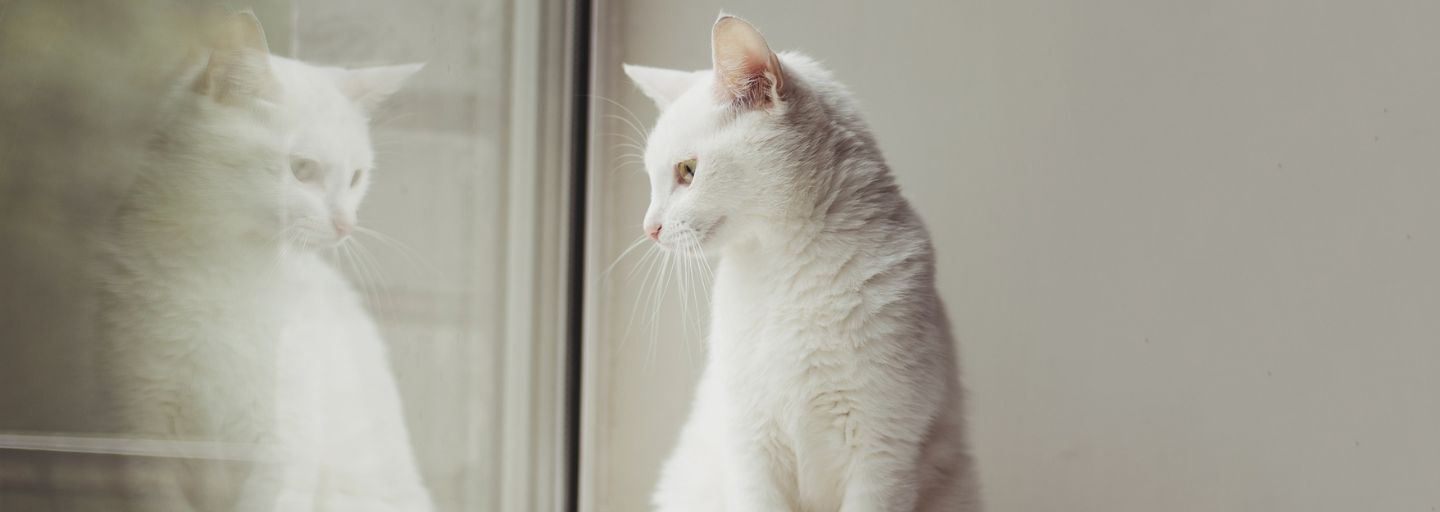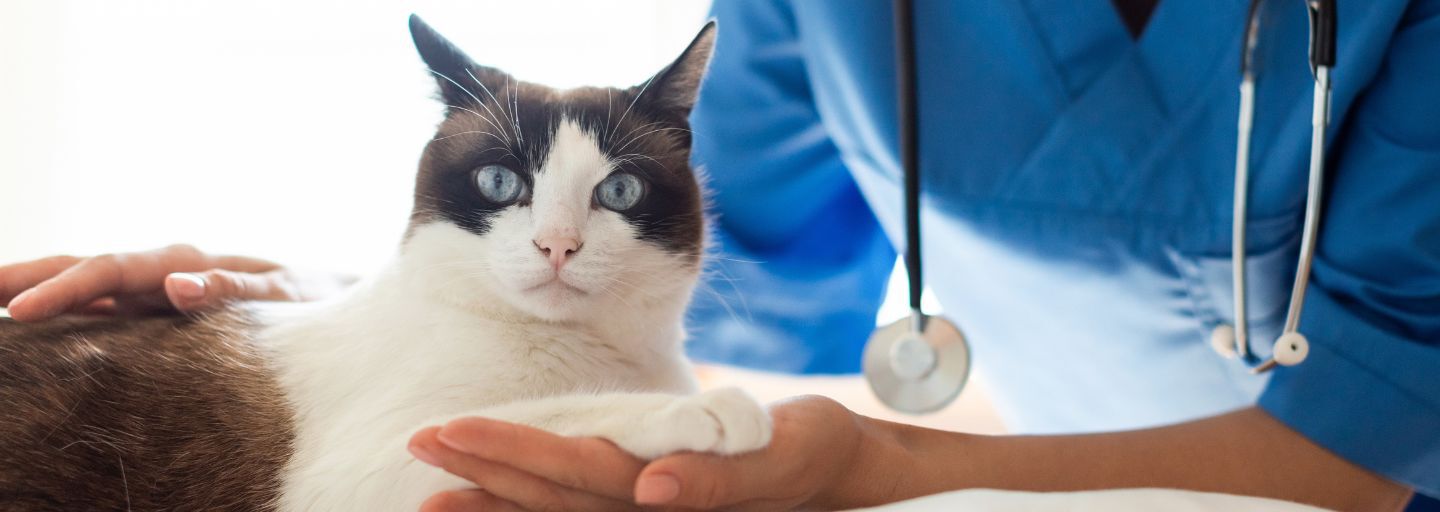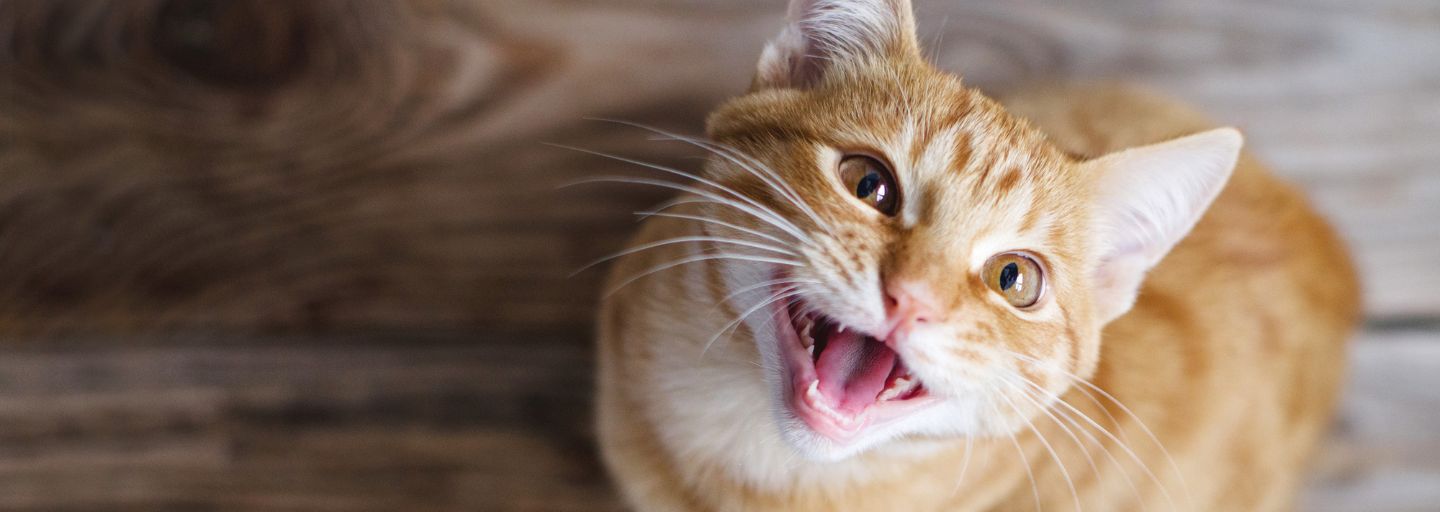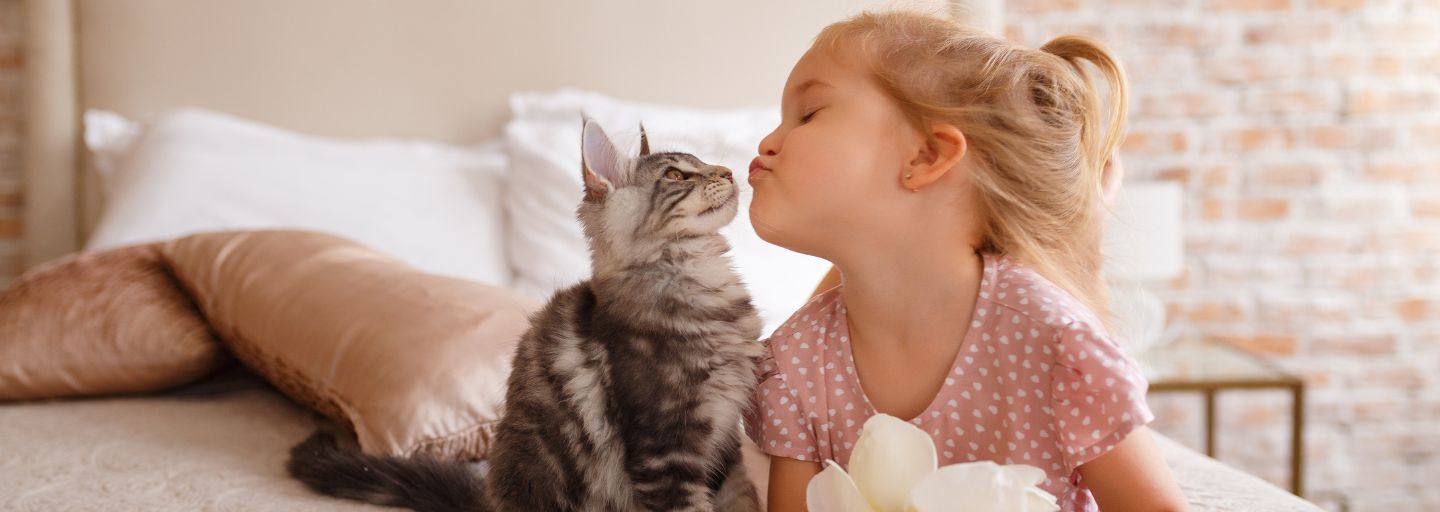Anytime you are spending extra time at home, your pet may be the happiest member of the household. Extra petting, treats, and cuddles mean our furry friends are getting a lot of attention.
It’s a great time to strengthen the bond you share with your pet, but it’s important to remember that life shifts and schedules will be filled again with activities outside of the home. This transition may leave your pet confused, sad, or anxious, which can cause stress to the entire family, most notably your furry friend. A newly adopted pet, in particular, may be confused by the abrupt change if their routine has been established while all family members have been at home for the entire day.
Signs of Separation Anxiety in Dogs & Cats
If your pet has separation anxiety, you may notice some behavioral changes. Purina Chief Veterinary Officer Dr. Kurt Venator says to watch for the following signs:
- Improper urination or defecation in the house not associated with puppy or kitten training.
- Unwarranted barking or howling.
- Excessive chewing or other destructive behavior in the home.
“Sometimes, it can be difficult to distinguish separation anxiety from boredom or attention-seeking,” adds Dr. Ragen McGowan, pet behavior scientist at Purina. “So, you may need to ask your neighbors if they hear your pets vocalizing after the family leaves the house for the day, set up pet cams in the house, or keep a log of when you come home to messes.”
How to Ease Separation Anxiety in Dogs & Cats
Create a Routine
Family pets benefit from routines just as much as their parents and children. Leaving and returning at the same time every day helps your four-legged family members adjust to the changes they’re experiencing and reduce your dog or cat’s separation anxiety.
“It is important to create a routine for your pet around when you are leaving as well,” adds Dr. McGowan. “No drawn-out goodbyes are necessary. Once everyone is ready to leave and headed out the door, give your pet something to occupy his time—like a chew toy stuffed with treats—and then just walk out the door,” she explains.
Encourage Separation at Home
Depending on your pet’s personality, you may need to take measures to create separation to avoid your pet developing separation anxiety later on. For some pets, a closed door can send this message, while others may need to be reintroduced to their crates or encouraged to spend time in a calm, quiet part of the house for part of the day.
Schedule Time for Play & Exercise
Schedule specific playtimes for your cat or dog each day. “This is where appropriate treating comes into play. You want to reward the good behaviors. A treat here or there [during playtime], along with verbal praise, can go a long way,” says Dr. Venator.
Taking your dog for a walk or playing an interactive game with your cat before you leave for the day is another calming strategy. After exercise, pets are usually ready for a nap, which creates the perfect segue for you to leave.
“It is also important to schedule some one-on-one calm time with your pet, where family members sit with and pet their dogs or cats. This can help increase the bond they have and positively reward calm behavior,” adds Dr. McGowan.
Provide Some Background Noise
People who turn the TV on for their dogs or cats when they leave the house are sometimes considered “crazy pet parents,” but it’s good advice for treating separation anxiety in dogs and cats.
Playing music, leaving the TV on, and even turning on an audiobook or podcast can provide them with some engagement and distraction. Plus, the sound of other human voices can make pets feel less alone.
Try Stimulating Puzzles & Games
Puzzle feeders are a great way to reduce anxiety and keep your pet mentally stimulated. Pour half of their recommended daily amount of food into the puzzle feeder each morning and then refill each evening. Your dog will spend the day busy and engaged, which can ease feelings of anxiety.
Other options are to hide small portions of dry cat or dog food and leave them in bowls around the house.
“Measure out the amount you want to feed every day and then divide it into smaller portions hidden around the house,” says Purina feeding behavior scientist, Dr. Annie Valuska. This hide-and-seek game is particularly beneficial for cats, as it spurs their hunting instincts and keeps them busy and active throughout the day.
“Many pet owners understand the importance of physical exercise for their pets, but mental exercise is just as important. The more we can do to keep our pets’ minds active the better,” explains Dr. McGowan.
Remain Calm & Confident
“Keep in mind that our pets are great at reading our emotions and feed off our energy and body language,” says Dr. McGowan. “So, it is important to stay calm and confident around goodbyes with your pet.”
If you struggle with this, try saying goodbye with lots of petting and praise as much as 10 to 20 minutes before you leave. Then, when the time comes to leave, you can go without feeling bad, because you’ve already said goodbye.
If you have to leave suddenly and don’t have time for a walk or to create a game for them to play while you’re away, give them a treat as you walk out the door to create a positive association with you leaving.
Following these tips can ease your cat’s or dog’s separation anxiety symptoms and make them feel more comfortable being home alone.



